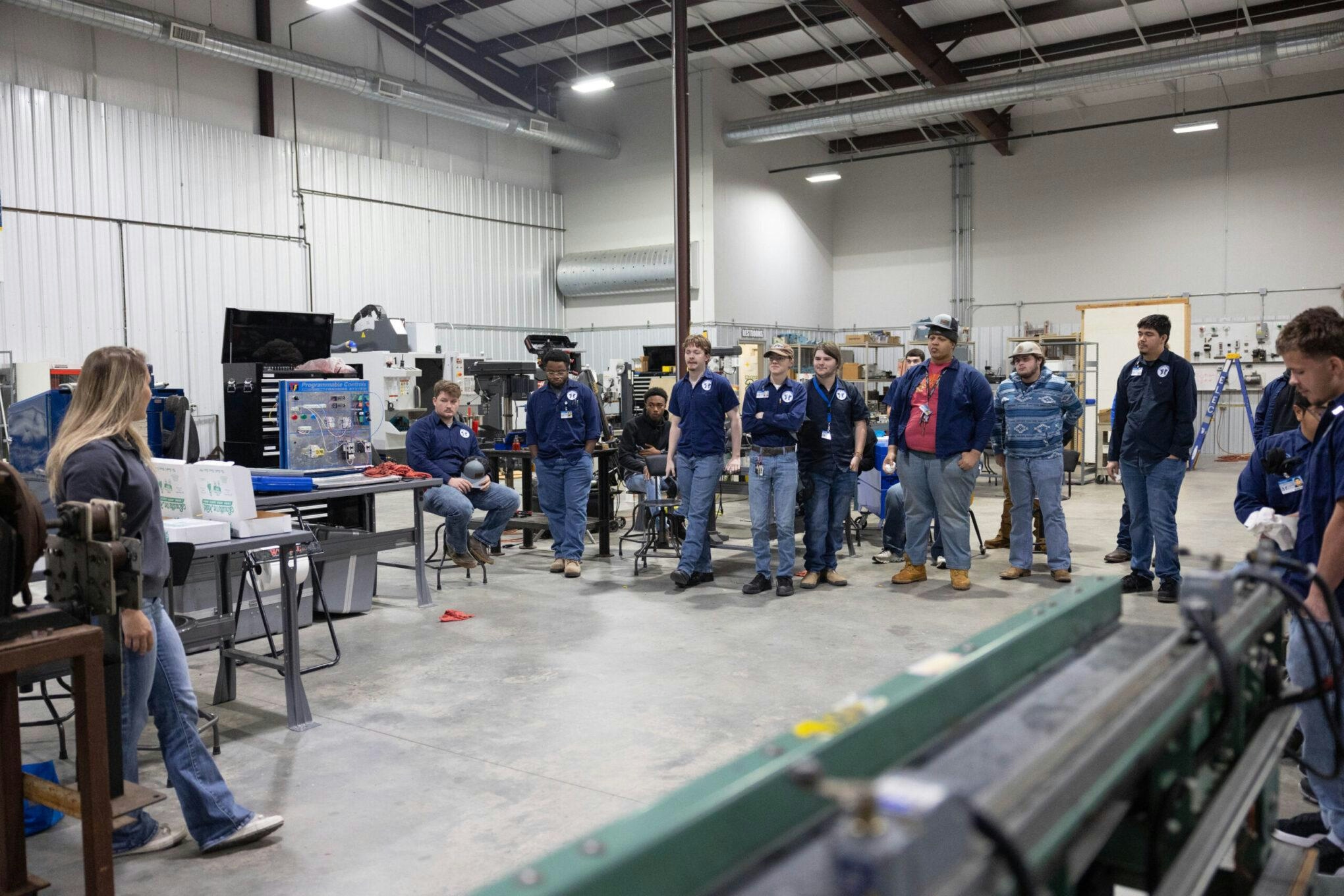
AeroGenie — あなたのインテリジェントな副操縦士。
現在のトレンド
Categories
Can an Aircraft Survive Engine Separation During Takeoff?
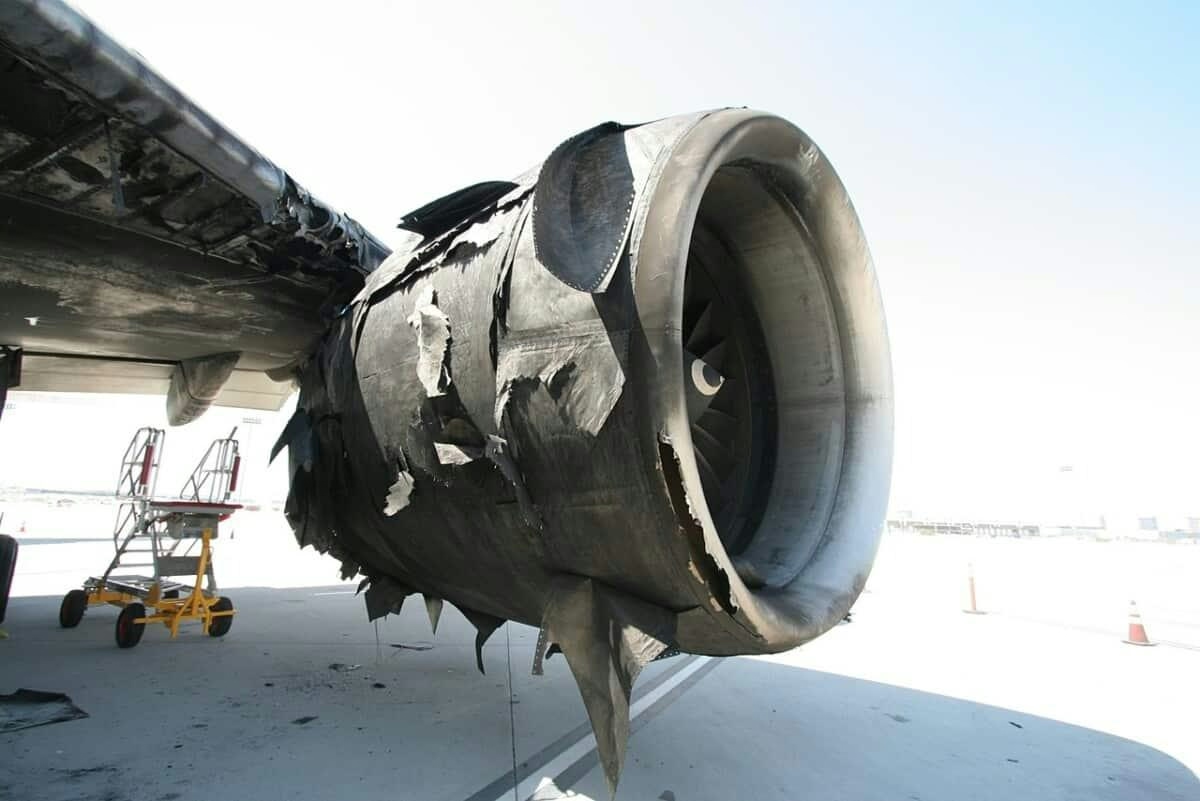
Can an Aircraft Survive Engine Separation During Takeoff?
The tragic crash of UPS Airlines Flight 2976 has resulted in nine fatalities and left at least eleven individuals seriously injured. The McDonnell Douglas MD-11 lost its No. 1 engine, located on the left wing, during takeoff from Louisville Muhammad Ali International Airport. The aircraft crashed shortly after departure, just south of the airfield, at 17:13 EST. This incident has drawn immediate comparisons to the notorious 1979 crash of American Airlines Flight 191, which similarly involved the complete detachment of a left engine during takeoff and culminated in a catastrophic loss of control.
The National Transportation Safety Board (NTSB) has confirmed that the left engine separated during takeoff, highlighting the grave risks associated with such mechanical failures. The crash has prompted intense scrutiny from the aviation sector and financial markets alike, with experts and industry competitors closely examining the implications for engine design, maintenance protocols, and overall aircraft safety standards.
The Possibility of Survival Following Engine Separation
Modern commercial aircraft are engineered with systems intended to manage extreme mechanical failures, including the controlled separation of an engine. Engine pylons are equipped with fuse pins designed to shear off under excessive stress, allowing the engine to detach cleanly without inflicting catastrophic damage to critical systems such as hydraulic lines, electrical wiring, or fuel conduits.
However, historical precedents demonstrate that survival hinges on the manner in which the separation occurs. The 1979 American Airlines Flight 191 disaster was precipitated by improper maintenance procedures that compromised the pylon structure. This damage led to the severing of hydraulic lines and the unintended retraction of wing slats, causing the aircraft to roll uncontrollably and stall shortly after takeoff. This accident underscored that if engine separation damages essential control systems, the aircraft may become uncontrollable and the outcome fatal.
Historical Incidents of Engine Separation
Several major aviation accidents have been attributed to engine separations with devastating consequences. On May 25, 1979, American Airlines Flight 191, a DC-10, suffered engine detachment due to maintenance errors that damaged the pylon, resulting in loss of control and a fatal crash. On December 29, 1991, China Airlines Flight 358, a Boeing 747-200F, experienced structural fatigue that caused the No. 3 engine to separate and collide with the No. 4 engine, destroying the right wing. Similarly, on October 4, 1992, El Al Flight 1862, also a 747-200F, lost two engines after corrosion and fatigue compromised the fuse pins, leading to catastrophic wing damage.
In both the China Airlines and El Al incidents, the initial engine separations triggered cascading failures, including the loss of additional engines and severe structural damage to the wings, rendering recovery impossible.
Industry Response and Future Safety Considerations
The UPS Flight 2976 crash has reignited critical discussions regarding aircraft maintenance standards and emergency response protocols. The aviation industry is anticipated to respond with more stringent regulations and enhanced safety measures aimed at preventing similar incidents in the future. Market reactions have been swift, with increased scrutiny directed toward engine manufacturers and airline maintenance practices.
While aircraft are theoretically capable of surviving an engine separation if critical systems remain intact, past accidents illustrate that survival is far from assured. The outcome depends heavily on the nature of the separation and the integrity of surrounding systems. As investigations proceed, the focus will remain on advancing design improvements, maintenance rigor, and regulatory oversight to bolster safety for both crew and passengers.
Comments
- R
Robert
Pylon failure apparently can occur because of accumulation of normal stresses. Blaming maint may be wrong
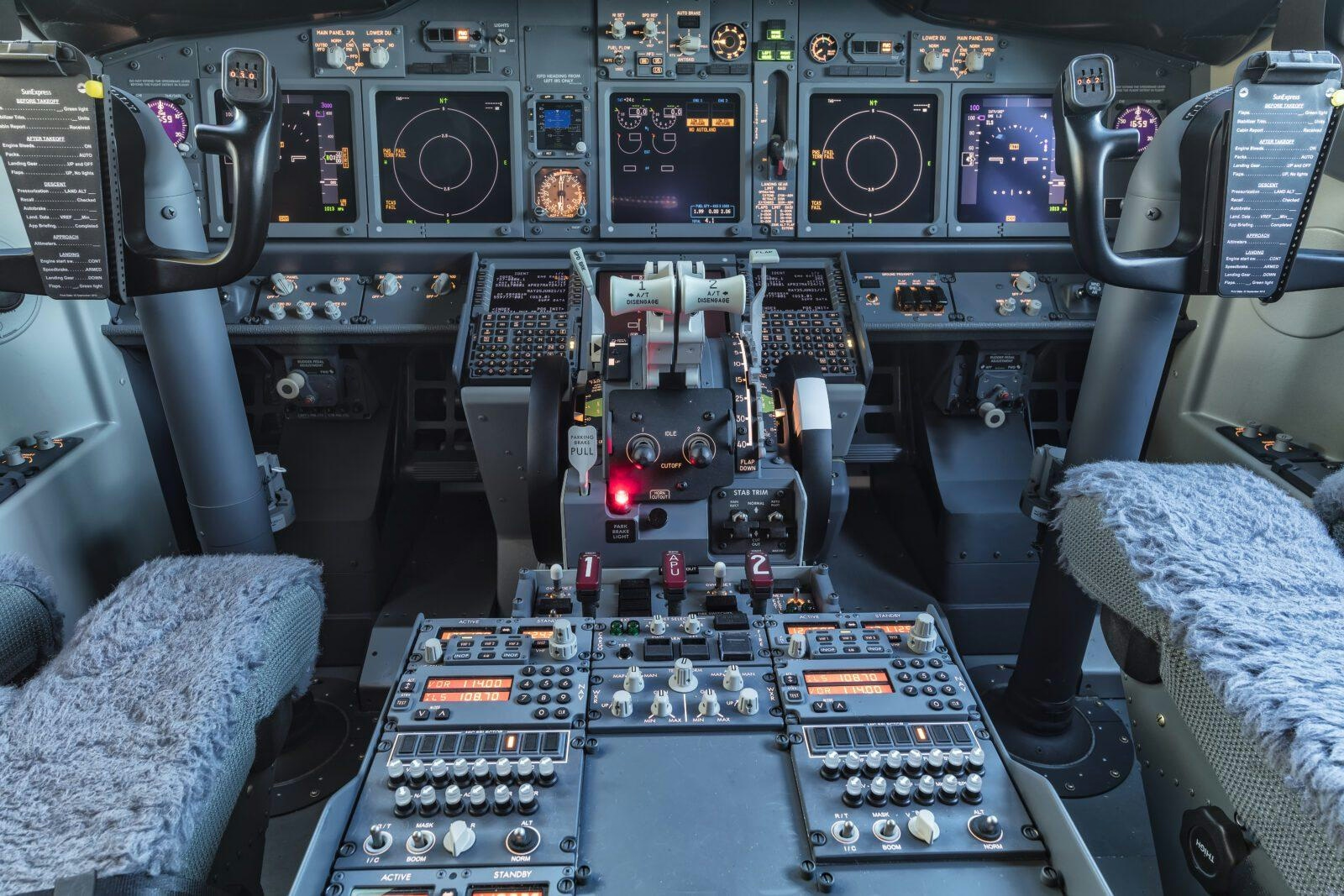
Investigators Examine Theory That Cockpit Sun Visor Caused Boeing 737 Engine Shutdown After Takeoff

Comparing the Fuselage Lengths of the Airbus A350-1000 and Boeing 787-10
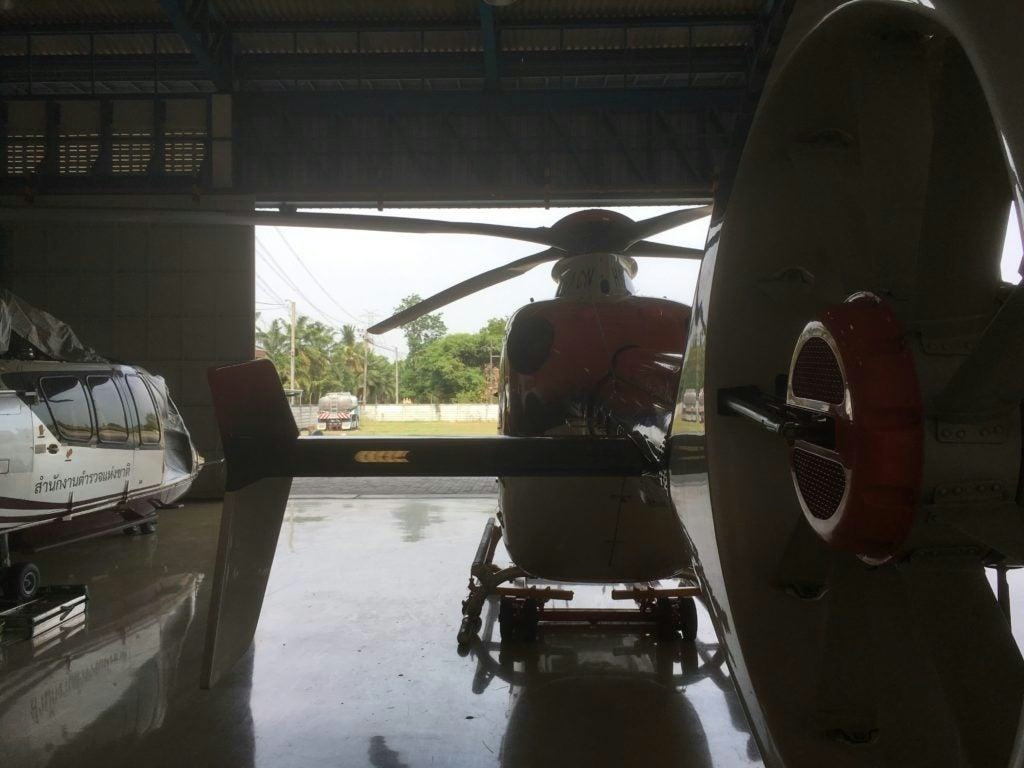
Thailand Establishes U-Tapao Aircraft MRO Center Contract for January 2026
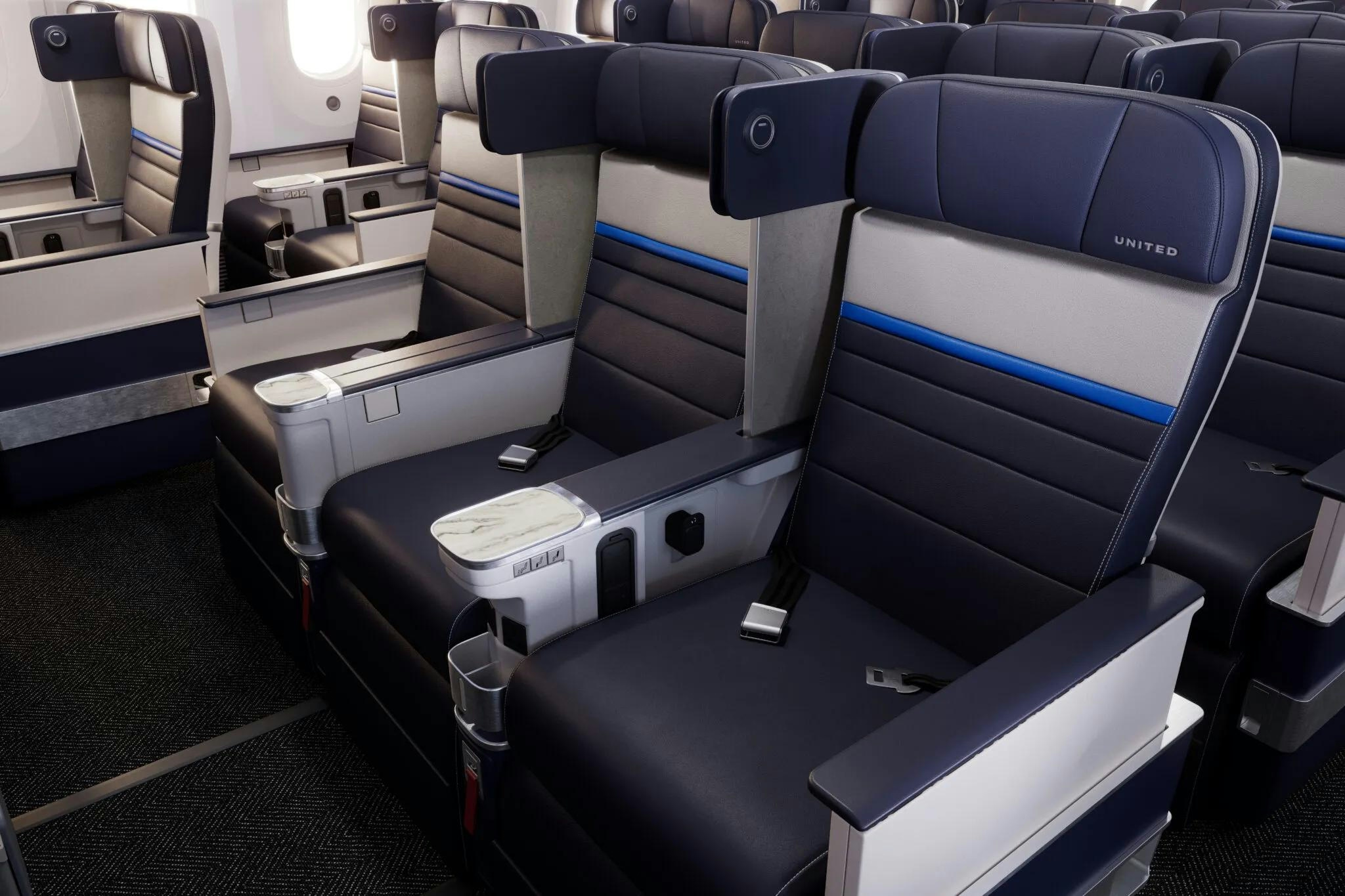
United Airlines Announces Routes for New Premium Boeing 787s
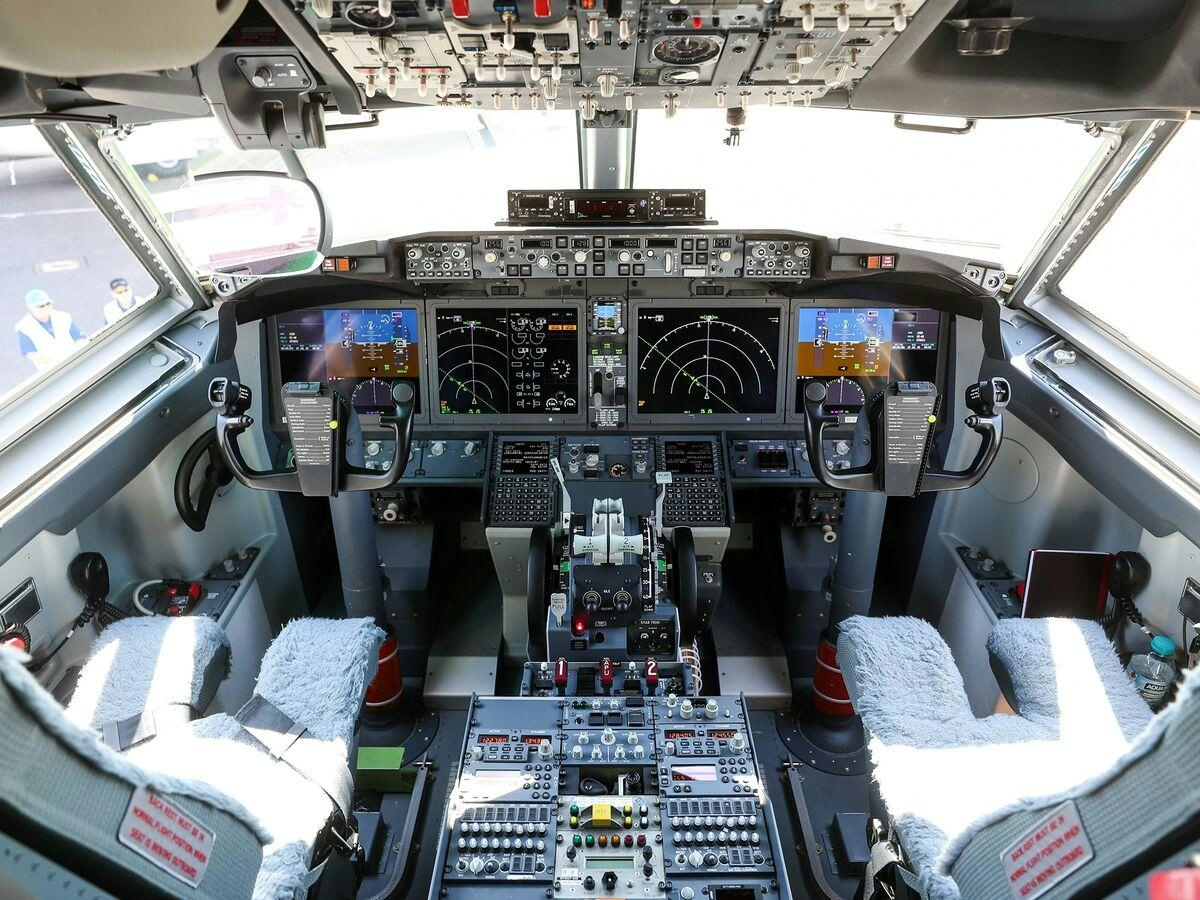
Boeing Introduces Remote Co-Pilot Technology
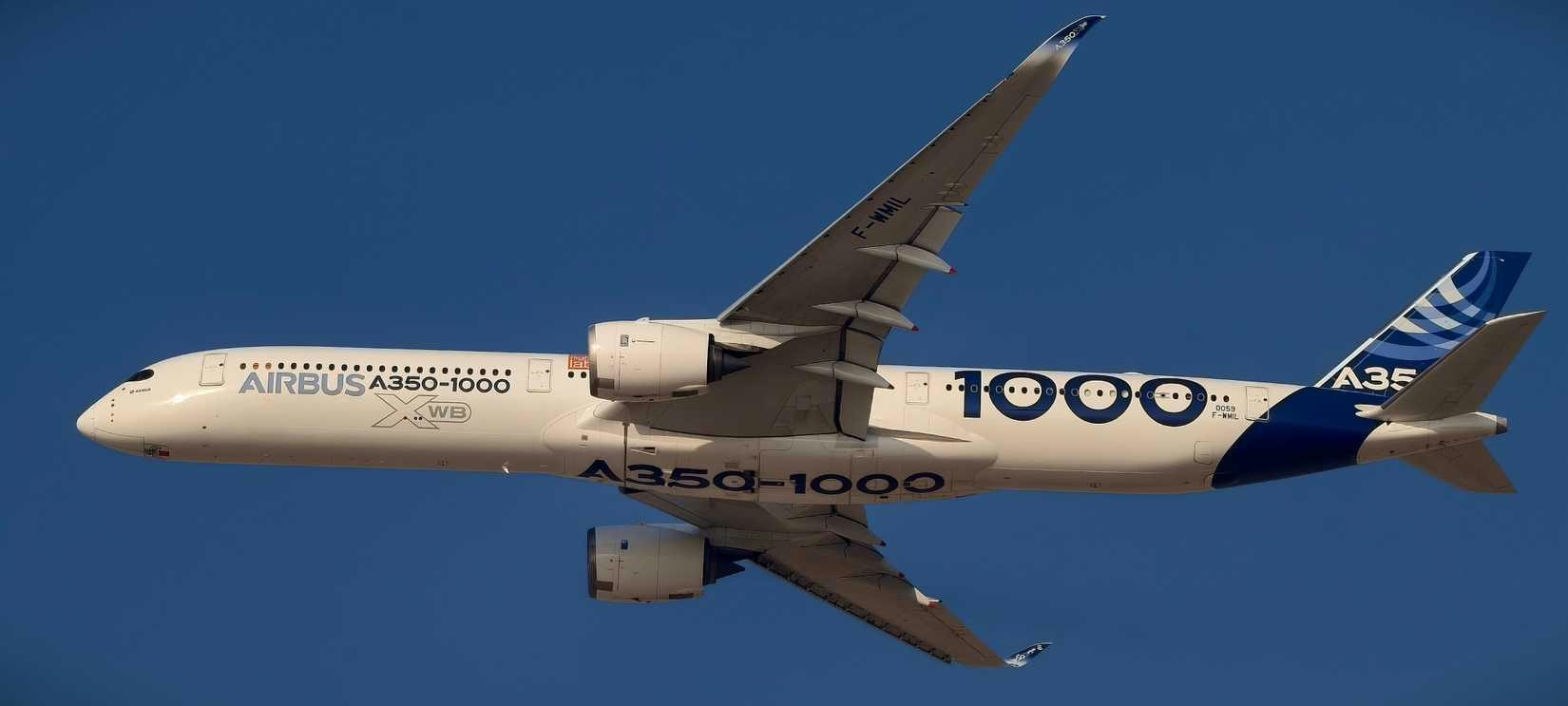
The Airbus A350-1000’s Fuel Efficiency Advantage Explained
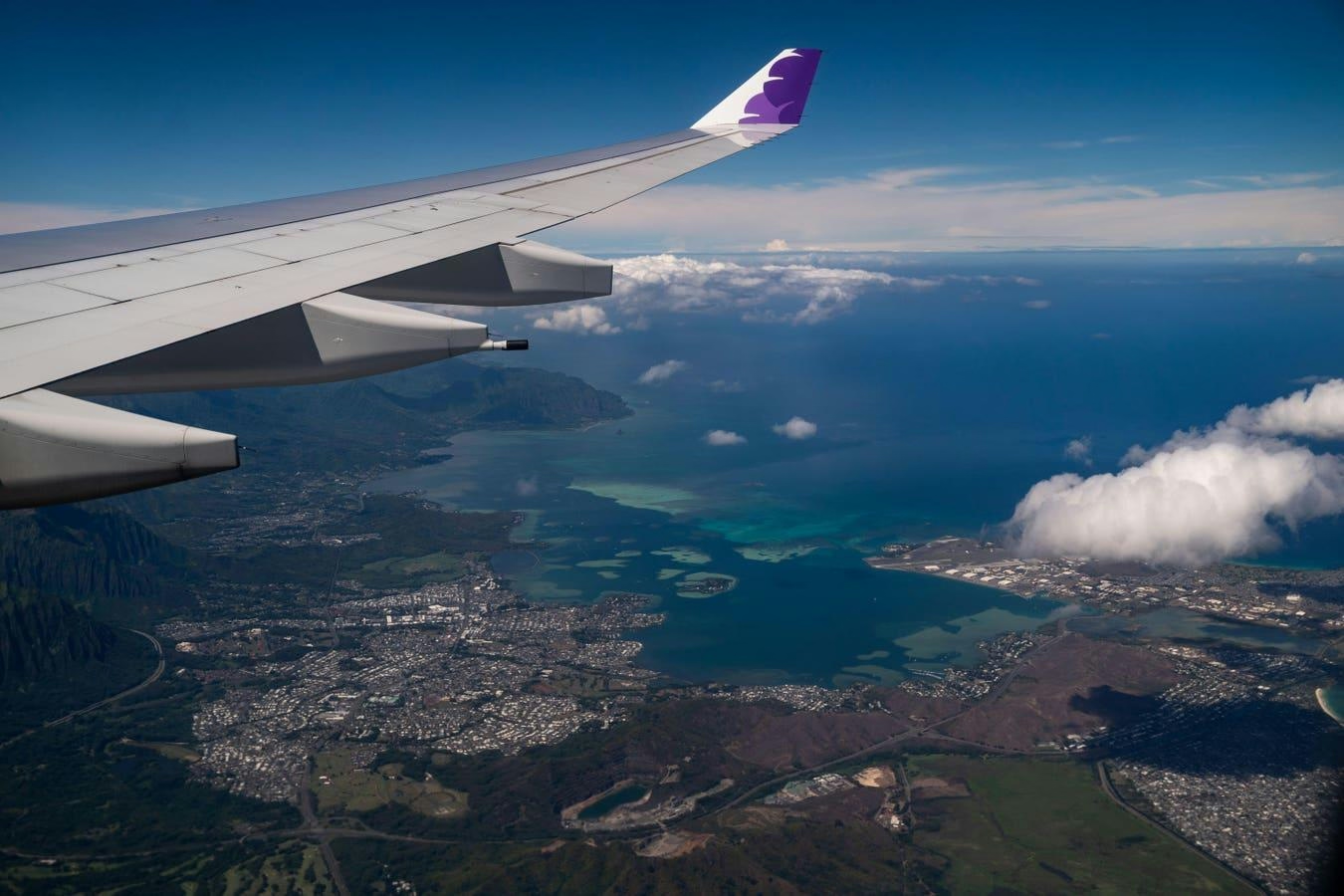
McNally Capital Expands Aviation Operations to Support Global Tourism

Two Young Climbers Begin Winter Ascent of McKinley

Elroy Air’s Autonomous Chaparral Delivers Lunch on A-to-B Flight
